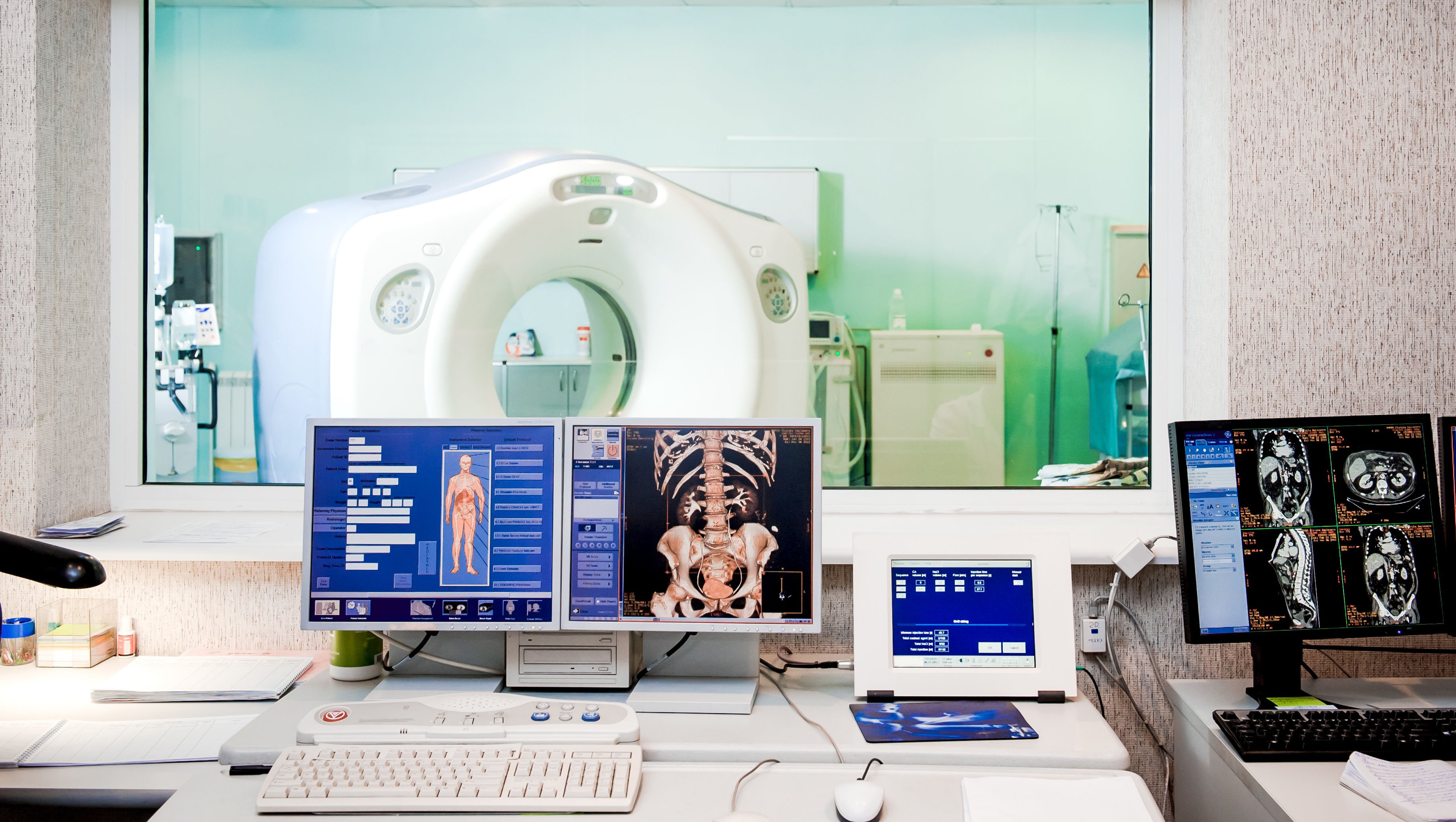This article was published on July 30, 2025 and updated on August 21, 2025.
The Proposed Rule issued by the Centers for Medicare and Medicaid Services (CMS) for payments under the 2026 Physician Fee Schedule (PFS) contains an increase from the current 2025 rate. There will be two different fee schedules determined by a provider’s participation status in Alternative Payment Models (APM). The Conversion Factor (CF) in the 2026 Proposed Rule is $33.5875 (up 3.83%) for Qualified Professionals (QP) or $33.4209 (up 3.32%) for non-QP’s, compared with the $32.3465 currently in use.
Categories:
radiology reimbursement,
medicare reimbursement,
interventional radiology,
MPFS,
diagnostic radiology
The 2025 update to the Current Procedural Terminology[i] (CPT)® has 270 new codes, 38 revised codes, and 112 deleted codes. In addition, the ICD-10-CM[ii] update has over 300 revisions, additions and deletions. Although relatively few of these changes will impact radiology practices, it’s essential to know what they are and adjust your practice systems accordingly.
Categories:
interventional radiology,
CPT codes,
diagnostic radiology,
E&M,
evaluation and management
The Centers for Medicare and Medicaid Services (CMS) has issued its proposal for payments in 2025 under the Physician Fee Schedule (PFS), and it contains an across-the-board 2.8% cut from the current 2024 payment rate. This reduction in payments continues a trend that has seen the Medicare fee schedule reduced nearly 10% over the past 10 years. Last year’s proposed rule (for 2024) contained a 3.36% cut that ended up being a 1.77% cut after Congressional intervention in March, and it is possible that similar action will occur again. The Conversion Factor (CF) in the 2025 Proposed Rule is $32.3562, compared with the $33.2875 currently in use.
Categories:
medicare reimbursement,
interventional radiology,
radiology,
Medicare Physician Fee Schedule
The importance of accurate and complete coding cannot be overemphasized for any area of radiology, but the complexity of interventional radiology (IR) coding makes it even more critical for optimal reimbursement. The prerequisite for complete coding is thorough documentation that includes all of the required elements, along with a coding team that is highly trained in IR.
Categories:
radiology documentation,
interventional radiology,
IR coding,
interventional radiology billing
At the April 14 – 17 Radiology Business Management Association (RBMA) PaRADigm Conference in Las Vegas, Rebecca Farrington and Sandy Coffta presented Positioning Your Radiology Group For Success. Their talk was a dive into a captivating exploration of real-world case studies from radiology groups that rode the waves of change. Whether the group soared to success or stumbled along the way, there's a story behind every strategic decision. Rebecca and Sandy unveiled the common pitfalls, the surprise twists, and the must-focus areas for crafting a winning strategy, including the informed choices that helped the groups navigate the intricacies of strategic planning.
Categories:
interventional radiology,
radiology
Click here to read our 2025 code changes update article.
The annual update to the Current Procedural Terminology[1] (CPT)® for 2024 has 230 new codes, 70 revised codes, and 49 deleted codes. In addition, there are 395 new diagnosis codes contained in the ICD-10-CM[2] update, about one-third of them describing new ways to capture accidents and injuries. Although relatively few of these changes will impact radiology practices, it’s essential to know what they are and adjust your practice systems accordingly.
Categories:
radiology coding,
icd-10,
interventional radiology,
IR coding,
CPT codes,
diagnostic radiology
Click here to read our 2025 code changes update article.
While only a few of the 225 new codes, 93 revised codes, and 75 deleted codes in Current Procedural Terminology[i] (CPT)® for 2023 will impact radiology practices, it’s essential to know what they are and adjust your practice systems accordingly.
Categories:
radiology coding,
interventional radiology,
IR coding,
CPT codes,
diagnostic radiology,
evaluation and management
Recently, a study by a joint task force of the American College of Radiology (ACR) and the Society of Interventional Radiology (SIR) pointed out the need for all diagnostic radiologists to have certain competencies in “Level 1” interventional procedures. Radiology Business reports that the aim of the task force was making recommendations for “broadening access to image-guided procedures for patient populations living in rural care settings or served by small IR practices.” According to the study abstract, “Radiology practices characterized as small and rural are challenged to recruit and retain interventional radiologists”, resulting in a failure to meet the needs of patients and others in these communities. Thus, having diagnostic radiologists with Level 1 competencies in small practice or rural health settings increases their ability to provide a wider range of needed services.
Categories:
interventional radiology,
radiology,
rural health
Arterial catheter embolization is an interventional radiology procedure that requires detailed documentation of the steps performed by the physician to maximize coding and reimbursement. The procedure places medications, embolic agents, or a radiopharmaceutical into a blood vessel to prevent abnormal bleeding, close off vessels, eliminate abnormal connections between arteries and veins, or to treat aneurysms or tumors. Common embolization procedures include the treatment of uterine fibroids or the destruction of liver tumors using y-90 radioembolization.
Categories:
radiology documentation,
interventional radiology,
IR coding













